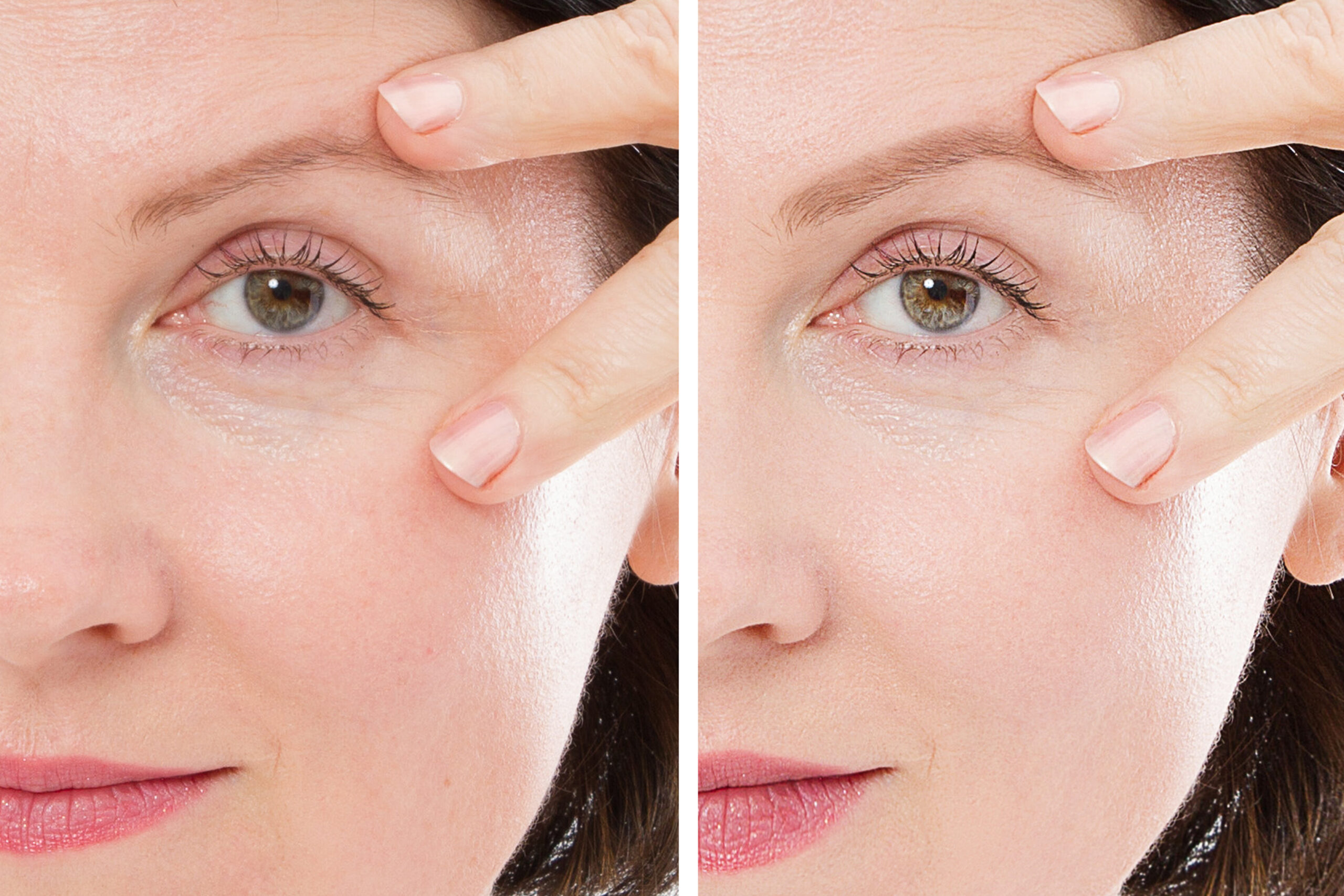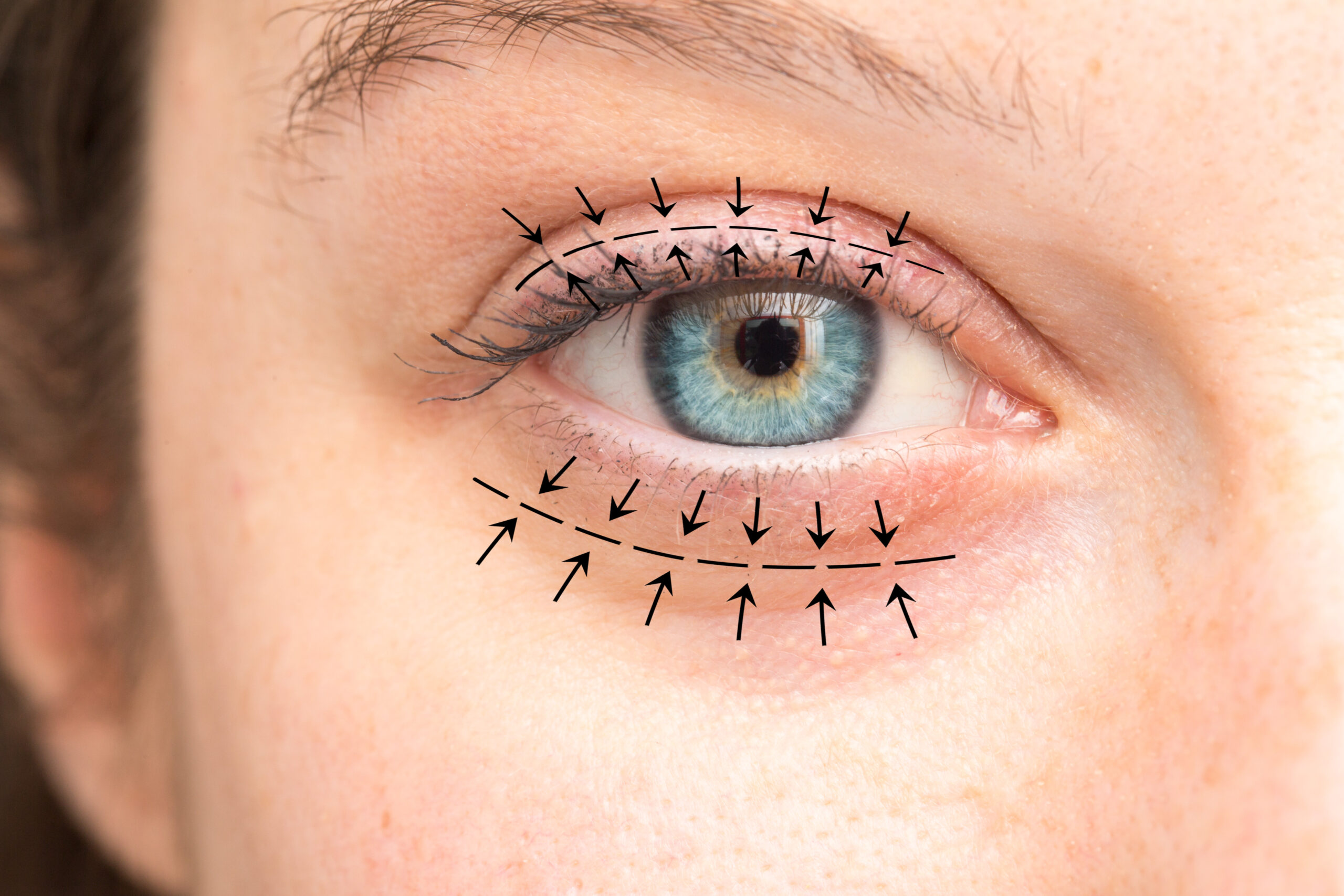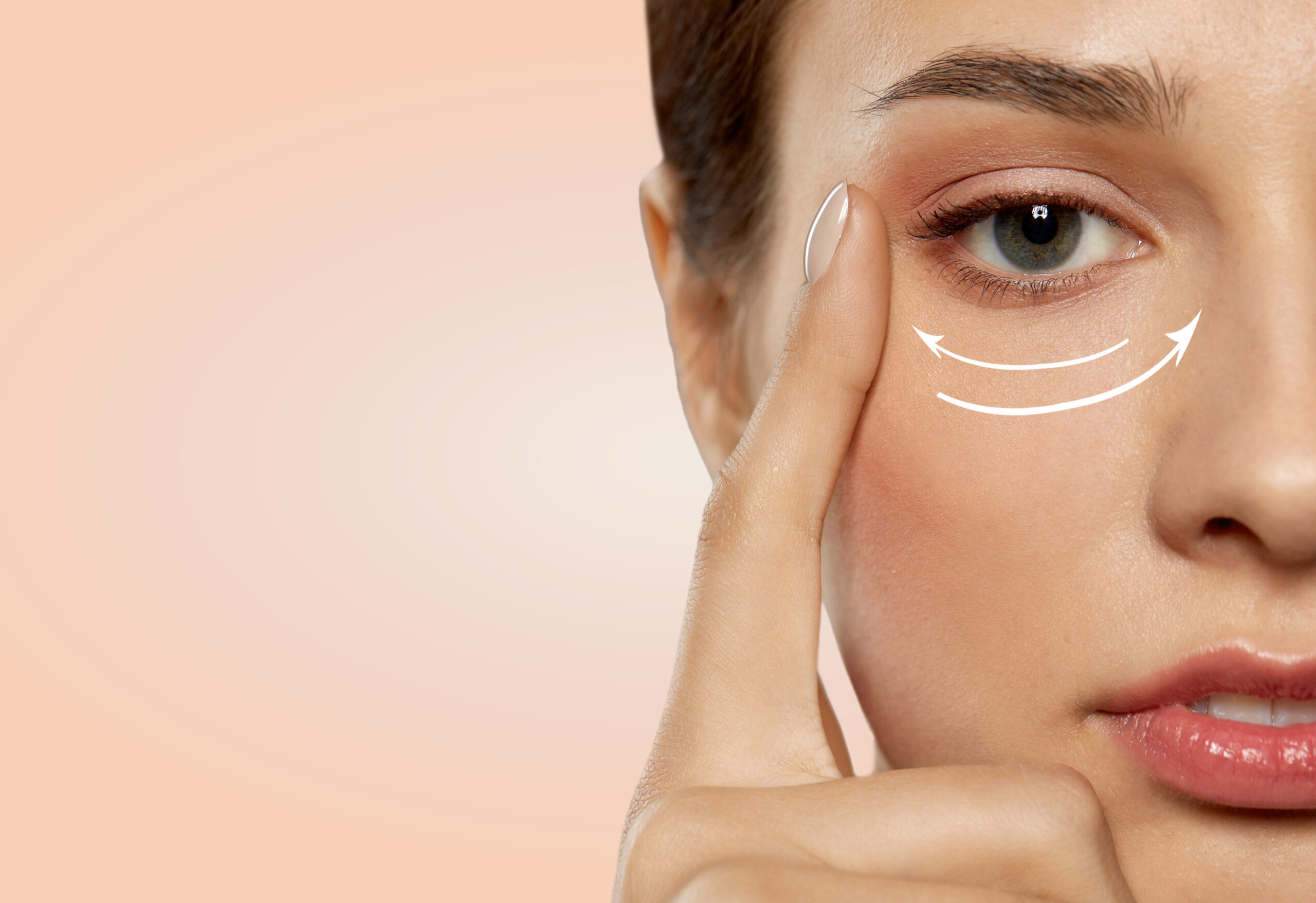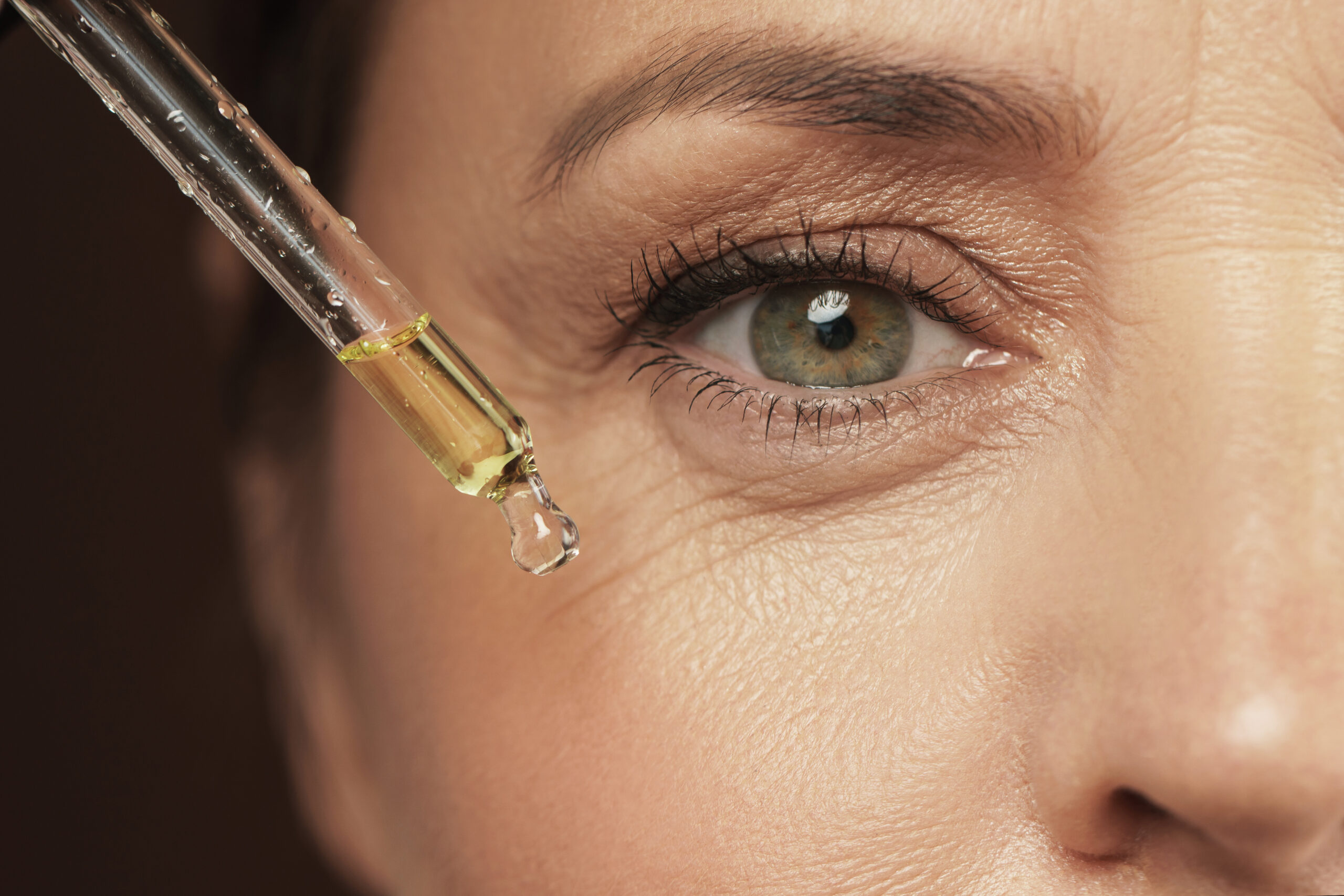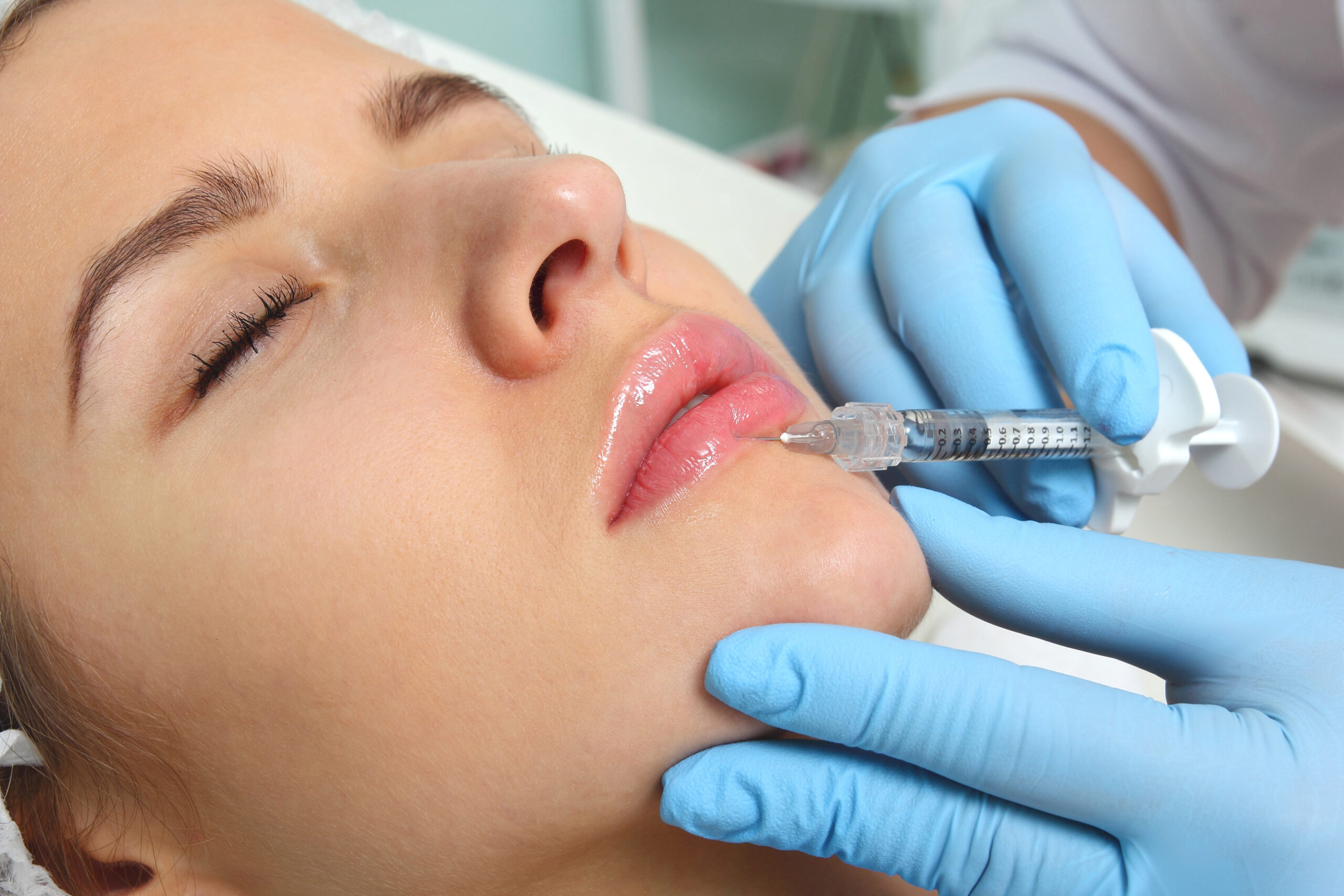Tear trough filler is a non-surgical treatment that injects dermal fillers under the eyes to reduce dark or sunken appearances.

This procedure aims to restore volume, improve the appearance of dark circles, reduce under-eye bags, and rejuvenate the overall facial appearance.
The tear trough area can develop a hollow or sunken appearance due to various factors, including:
Tear trough filler treatment should always be performed by a skilled and experienced practitioner to ensure safe and effective results. It is essential to discuss expectations, potential risks, and aftercare with the practitioner before undergoing any procedure.
The average cost for tear trough filler typically requires one to two syringes for that specific area. It is estimated that most individuals can anticipate paying between $1,500 and $2,000 for this procedure.


